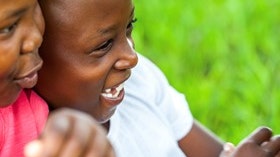Homepage
•
Learning Library
•
Blog
•
4 skills the littlest learners gain from global collaboration
Expand breadcrumbs
Expand breadcrumbs
- Learning Library
- Blog
- 4 skills the littlest learners gain from global collaboration
- Homepage
- •
- Learning Library
- •
- Blog
- •
- 4 skills the littlest learners gain from global collaboration
4 skills the littlest learners gain from global collaboration
By Team ISTE
December 14, 2015








